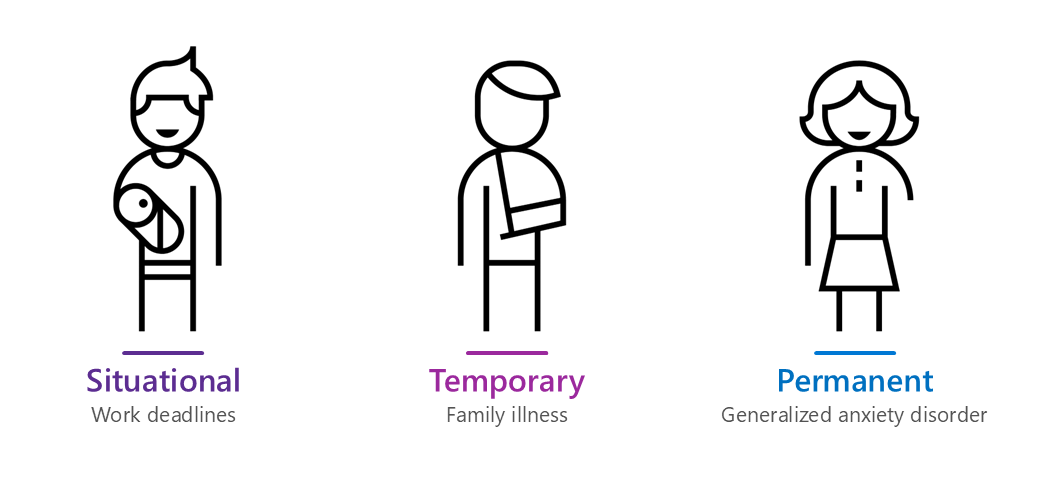What is accessibility?
Accessibility is the practice of making information, environments, and technology meaningful and usable for as many people as possible. The ways in which people with disabilities interact with technology can vary greatly.
In today’s connected world, access to technology is central to the way we operate and is fundamental to a more inclusive society and equitable future. For example, Microsoft’s notifications settings allow people to customize how and when they want to receive alerts.
A person with a permanent disability, such as anxiety, might turn off notifications permanently.
A person with a temporary disability, such as a family emergency, might choose to adjust how notifications are received, filter messages by type, or set temporary notification-free periods.
A person with a situational disability, such as heightened stress, might temporarily turn off notifications during an overwhelming work period.

Ultimately, accessibility is about providing people with the opportunity to use the technology in the way that works for them.